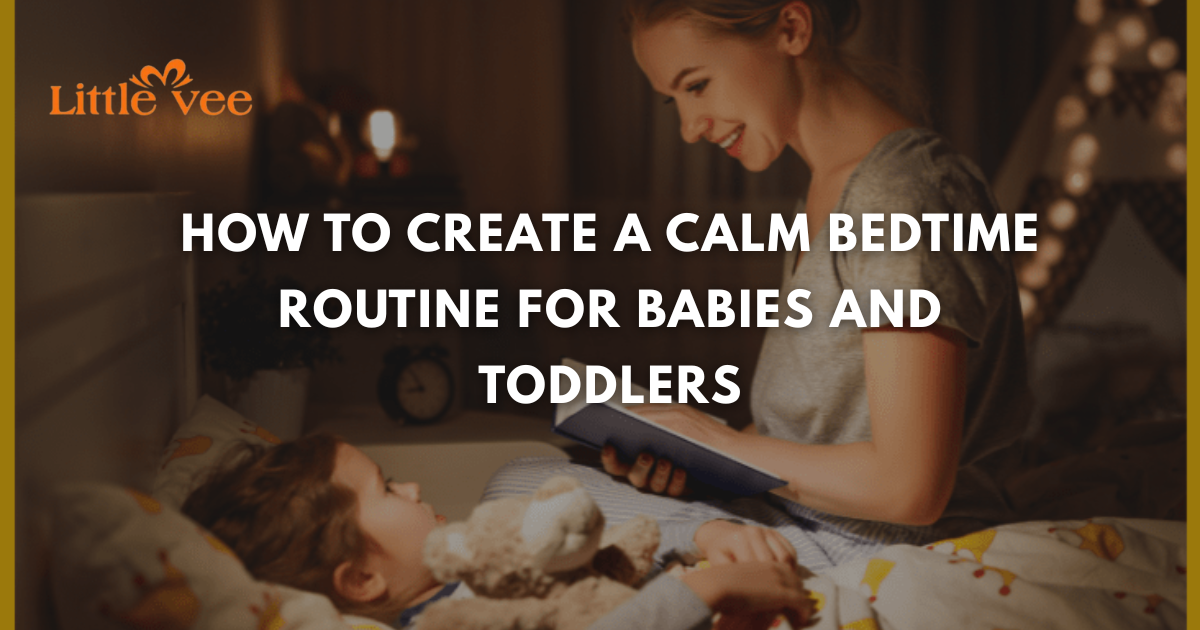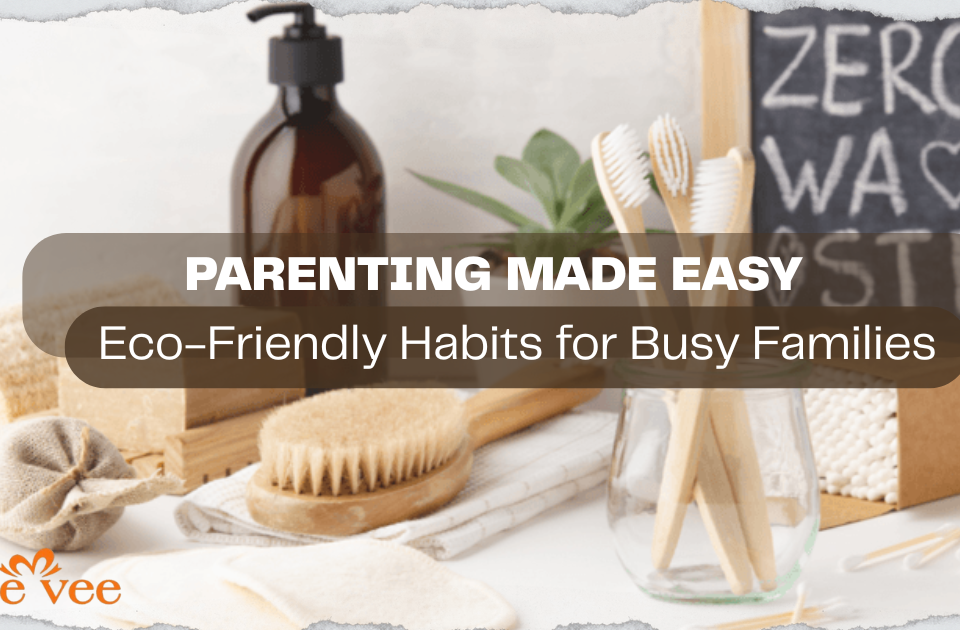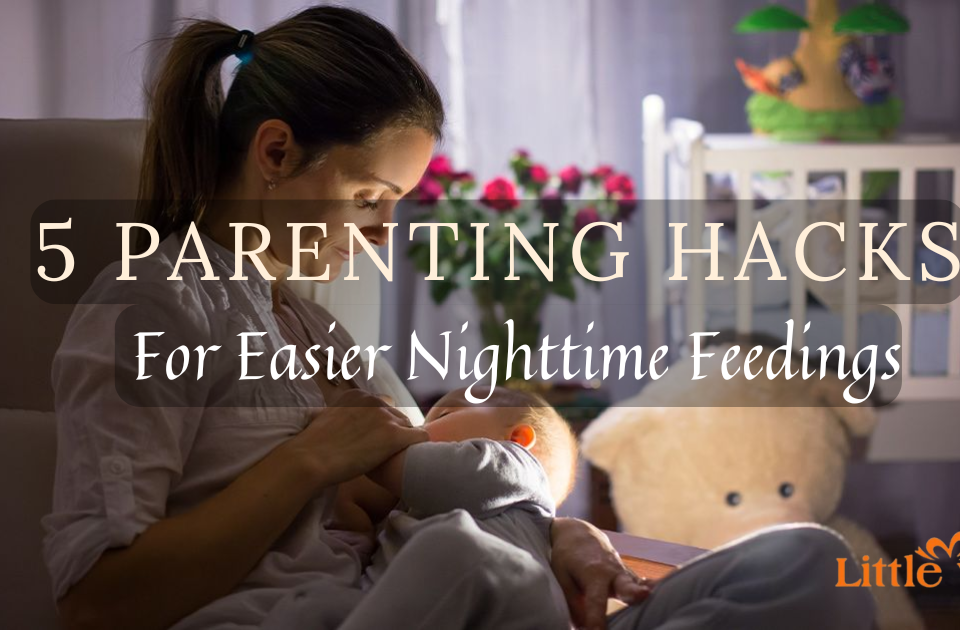
How to Keep Your Baby Happy During Diaper Changes
October 17, 2025
Tiny Closet, Big Solutions: Baby Clothing Storage Hacks
October 22, 2025If you’re a parent, you know that bedtime can sometimes feel like the biggest challenge of the day. Between bath time, pajamas, milk, and stories — it’s easy for things to get chaotic. But a calm bedtime routine can transform those evening hours into something peaceful and reassuring for both you and your child.
Creating a predictable, gentle routine not only helps babies and toddlers fall asleep more easily but also teaches them that bedtime is a safe and comforting part of their day. Here’s how to make it happen.
1. Set a Consistent Bedtime Schedule
Babies and toddlers thrive on consistency. When bedtime happens around the same time each night, their internal clock starts to recognize when it’s time to wind down.
- Tip: Choose a realistic bedtime that fits your family’s rhythm and stick to it, even on weekends.
- Parent Insight: A steady routine helps reduce bedtime battles and improves sleep quality over time.
Consistency builds trust — your baby learns what to expect, which helps them feel secure and relaxed.
2. Create a Calm Environment
A peaceful atmosphere signals to your child that bedtime is near. Dim the lights, lower the noise, and keep the room at a comfortable temperature.
- Tip: Try using soft nightlights or a white noise machine to create a soothing environment.
- Bonus: Avoid screens at least 30 minutes before bed — blue light can make it harder for little ones to settle down.
This calm setting becomes a cue that it’s time for sleep, not play.
3. Build a Predictable Routine
Bedtime routines don’t need to be complicated. A few simple, repeated steps can make all the difference.
Example bedtime routine:
- Gentle bath
- Fresh diaper
- Pajamas
- Cuddle and storytime
- Lullaby or quiet time
When done consistently, these steps create a sense of comfort and predictability.
- Tip: Use soft, breathable leakproof baby diapers — like Little-Vee Eco-Friendly Bamboo Diapers — to keep your baby dry and comfortable through the night. A dry baby sleeps longer and wakes up happier.
4. Use Comfort Cues
Babies love familiarity. A favorite blanket, a soft lovey, or a calming scent can become a powerful cue for sleep.
- Parent Hack: Keep these items only for bedtime — they’ll quickly become associated with sleep and security.
- Gentle Reminder: Always prioritize safety by keeping the crib free of loose blankets for babies under 12 months.
These small comfort cues help your baby relax faster and drift off more peacefully.
5. Stay Calm and Patient
Not every night will go perfectly — and that’s okay. Babies and toddlers go through phases of sleep regression, growth spurts, and teething. What matters most is that you stay calm and patient.
Your gentle tone, soft voice, and reassuring touch show your child that bedtime is safe and loving. Over time, this sense of security helps them sleep better on their own.
FAQs
Q1: When should I start a bedtime routine for my baby?
A: You can start as early as 6–8 weeks old. At this age, simple cues like dim lights and a quiet song can help your baby learn that bedtime is coming.
Q2: How long should a bedtime routine take?
A: Aim for about 20–30 minutes. The key is consistency — not how long it takes.
Q3: What if my toddler resists bedtime?
A: Stay calm and keep the routine predictable. Offer gentle choices like “Would you like your green pajamas or blue ones?” This helps them feel involved while keeping bedtime on track.
Final Thoughts
A calm bedtime routine is more than just steps before sleep — it’s a loving ritual that helps your baby or toddler feel safe, secure, and cherished. With a little consistency and the right comfort tools, bedtime can become one of the sweetest parts of your day.
💚 Explore Little-Vee’s Eco-Friendly disposable Diapers — designed for soft comfort and leak-free nights, so your baby (and you) can rest easy.





